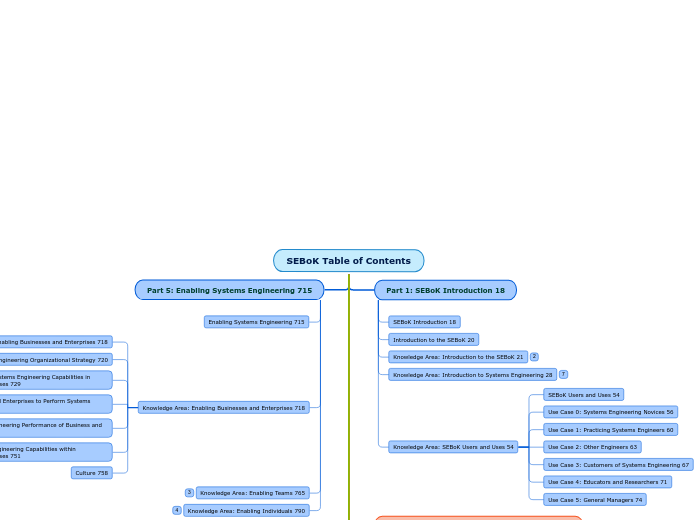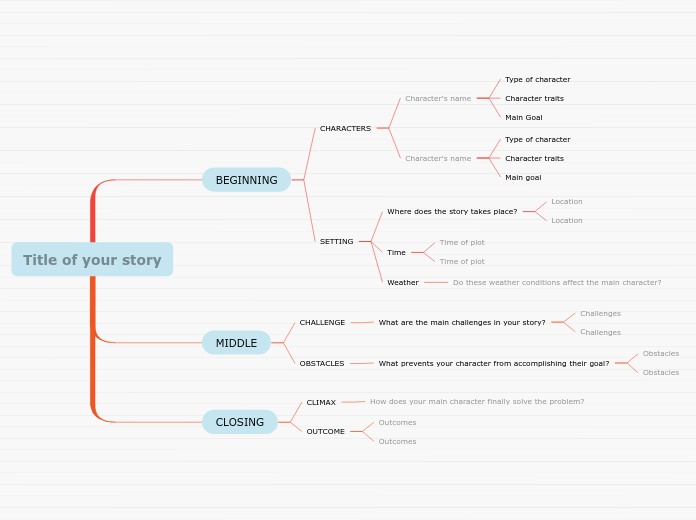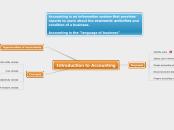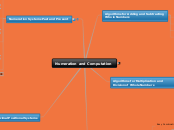da José Arévalo mancano 4 anni
429
SEBoK Table of Contents
The document outlines the structure and content of the Systems Engineering Body of Knowledge (SEBoK). It begins with an introduction to SEBoK, detailing its users, uses, and various use cases including practicing systems engineers, other engineers, customers, general managers, novices, and educators.









